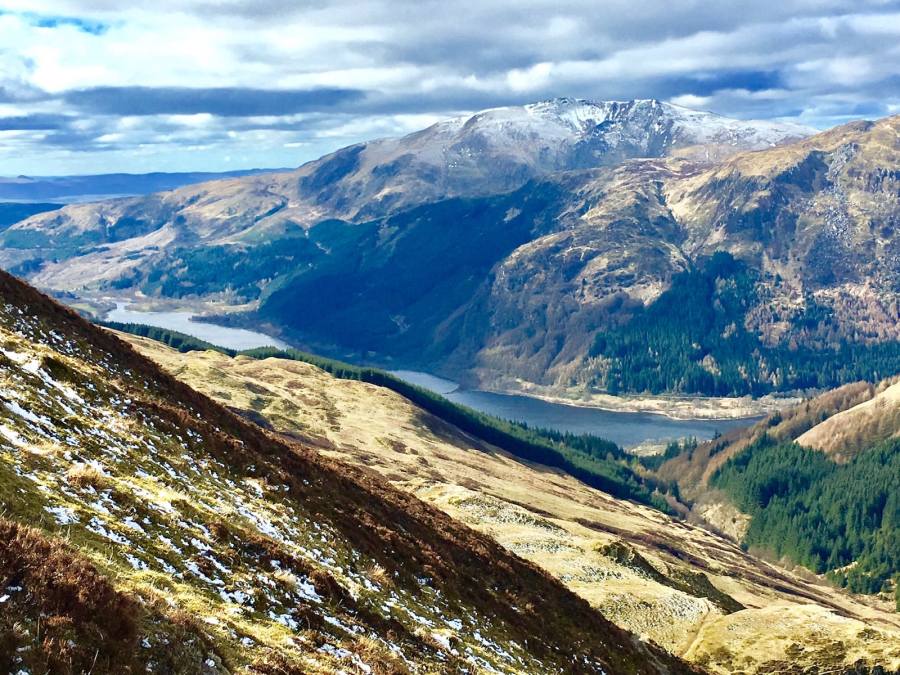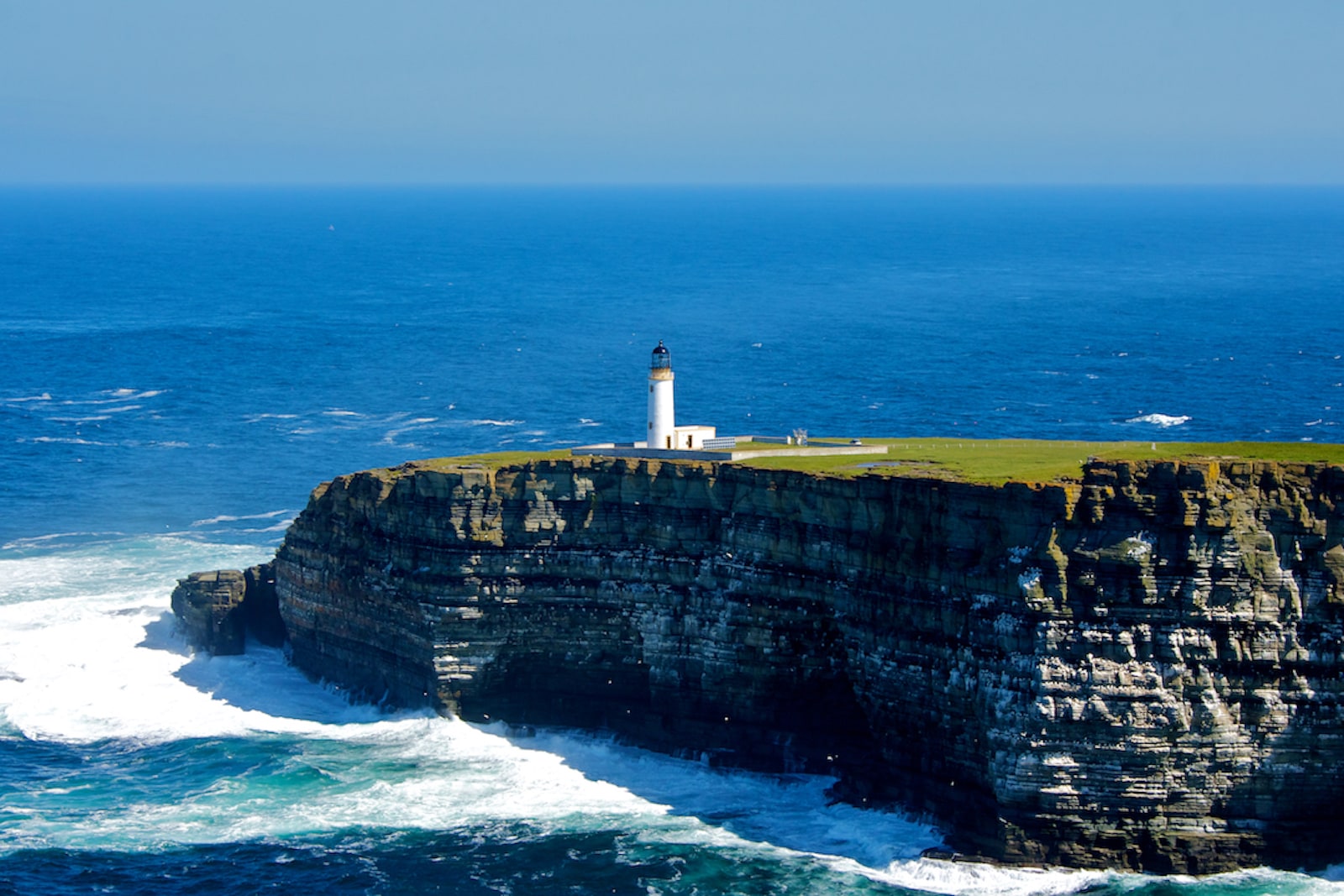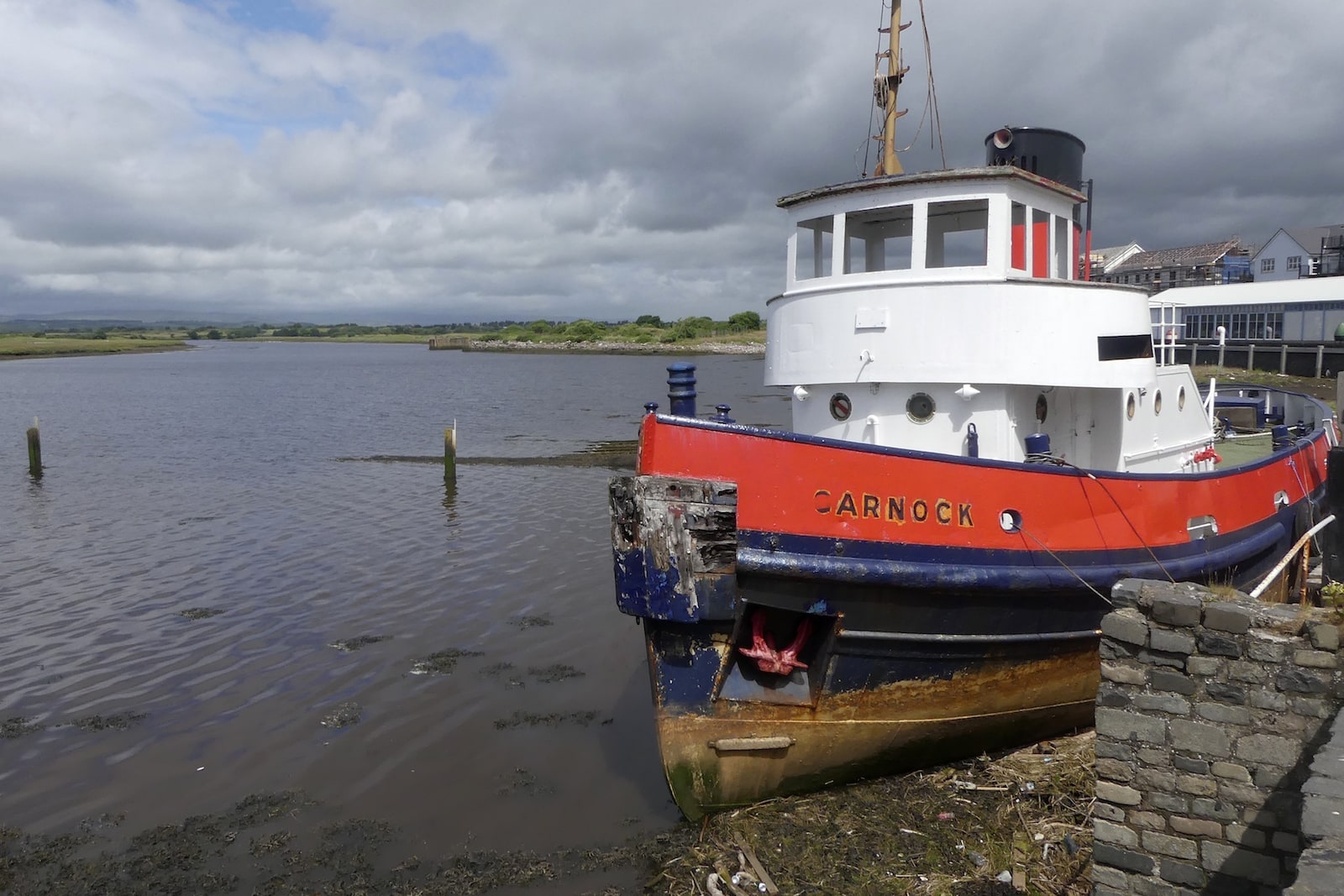Scottish land and biodiversity gets a boost with a spring celebration
The National Lottery has marked the first day of spring with an investment of over £5.6million in three large-scale Scottish landscapes from the remotest islands of Orkney to the industrial coastline of North Ayrshire.
The North Isles in Orkney, Callander’s Pass on the eastern edge of the Loch Lomond & the Trossachs National Park, and the River Garnock catchment in Ayrshire will benefit from this major funding package – set to have an impact on over 700km2 of land, an area the size of Singapore. Around 60 individual projects will take place to conserve many different habitats while creating a better understanding and stronger connections between local communities and the landscape.
Cabinet Secretary for the Environment, Roseanna Cunningham, said: “The people of Scotland rightly take pride in our wonderful landscapes. The close relationship between the land and the people who live and work on it has helped to shape Scotland’s national identity over the centuries. Securing funding for these fantastic projects will further strengthen our understanding of that relationship and ensure these precious landscapes are preserved for generations to come.”
Lucy Casot, Head of the Heritage Lottery Fund in Scotland, said: “Our species and habitats are under constant threat, yet they make a massive contribution to our economy. The enormous pressures upon them mean that we have to approach landscape restoration and conservation on a bigger scale than ever before. For the last 14 years the National Lottery has been doing just that, and more. What communities have often already started on a small scale, we are delighted to support and grow to bring real cohesion to the natural and built heritage of a region. People are reconnecting with and appreciating the nature that makes Scotland so special.”
Today’s awards brings HLF’s total investment in land and biodiversity projects in Scotland to over £150million, helping to conserve key habitats, save rare species, and reconnect communities with the natural heritage on their doorstep.
North Isles Landscape Partnership Scheme, Orkney: grant of £2,829,200
One of the most remote landscapes in Britain, the North Isles Landscape Partnership covers 23 islands including Shapinsay, Westray and North Ronaldsay, dispersed across 757km2 of sea. Their low-lying fertile land where machair (one of the rarest habitats in Europe) thrives contrasts with high sea cliffs and hilly slopes. The land reflects its history with influences of Picts, Vikings, Norse and Lairds evident across the islands including the Knap of Howar on Papa Westray, which is thought to be the oldest standing stone house in north-west Europe. The islands are also home to some of the largest colonies of kittiwake, guillemot and razorbills. Rare reef habitats can be found in the seas between them.
The Landscape Partnership will protect and celebrate this rich natural heritage in a way that helps support the fragile island communities, encouraging young people to stay and work on the islands. Orkney College will be involved in providing training while a new heritage trail and interpretation will encourage visitors to the archipelago.
Callander’s Landscape – Loch Lomond & the Trossachs National Park: grant of £1,354,700
This Landscape Partnership project area surrounds the town of Callander, which lies within Scotland’s first National Park, Loch Lomond & the Trossachs. Set in an exquisite landscape that takes in both the Lowlands and Highlands, Callander is a natural gateway to the National Park and the Highlands. Ambitious plans in this community-led project include the installation of a bridge at the Falls of Leny, improving and conserving the area’s natural heritage, exploring the past through cultural heritage and archaeology, creating a cycling and walking network, and enhancing visitor interpretation to encourage people to make the most of getting active in the outdoors. The project will transform the town of Callander into the ‘Outdoor Capital of the National Park’, with a more accessible and conserved landscape ready for visitors and locals to enjoy and explore.
Garnock Connections Landscape Partnership: grant of £1,354,700
Ayrshire’s River Garnock runs through an area which has some of the highest levels of deprivation in Scotland. Its influence can be seen in the landscape that surrounds it, from the farmlands of its floodplains to the chemical plants and factories at its mouth, including the now-derelict Alfred Nobel’s explosives factory. The river also has a rich natural heritage with wetlands, mud flats, riverbanks and meadows providing important breeding grounds for wildlife.
The Garnock Connections Landscape Partnership will conserve habitats across an area of 360km while creating a better understanding and stronger connections between local communities and the landscape. Twenty-five projects are planned including restoration of wetland and wild flower habitats, a viewing platform on the historic tug boat, MV Garnock, to provide interpretation of the natural heritage, path stewardship by local groups, and two St Ayles skiff boats will be built by trainee and community boat-builders.
Header image © Keith Wilson










